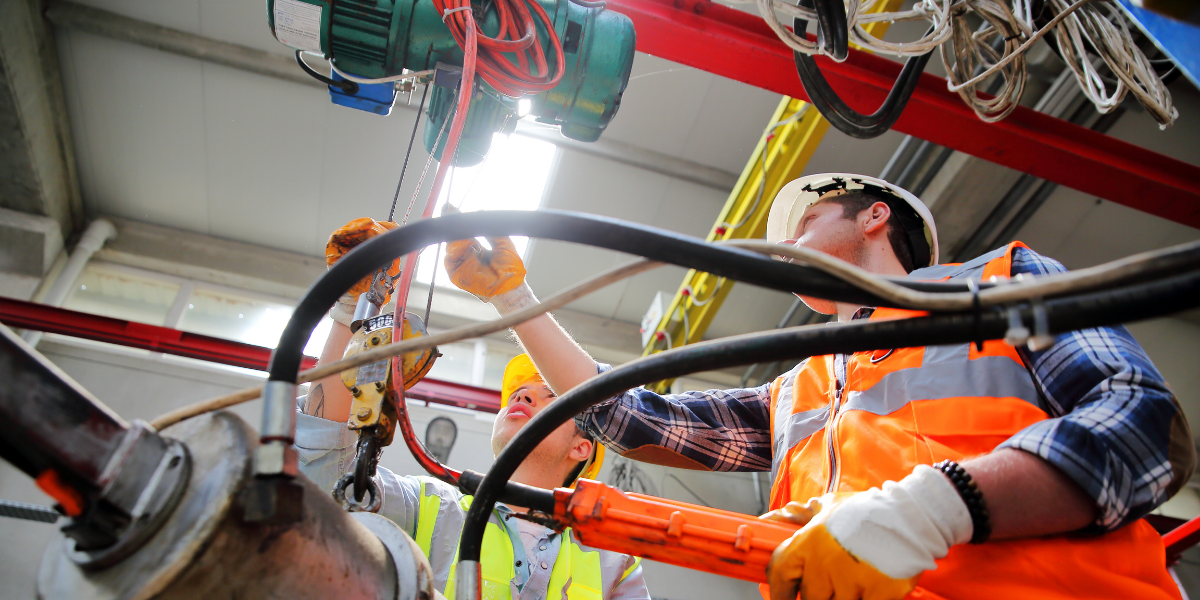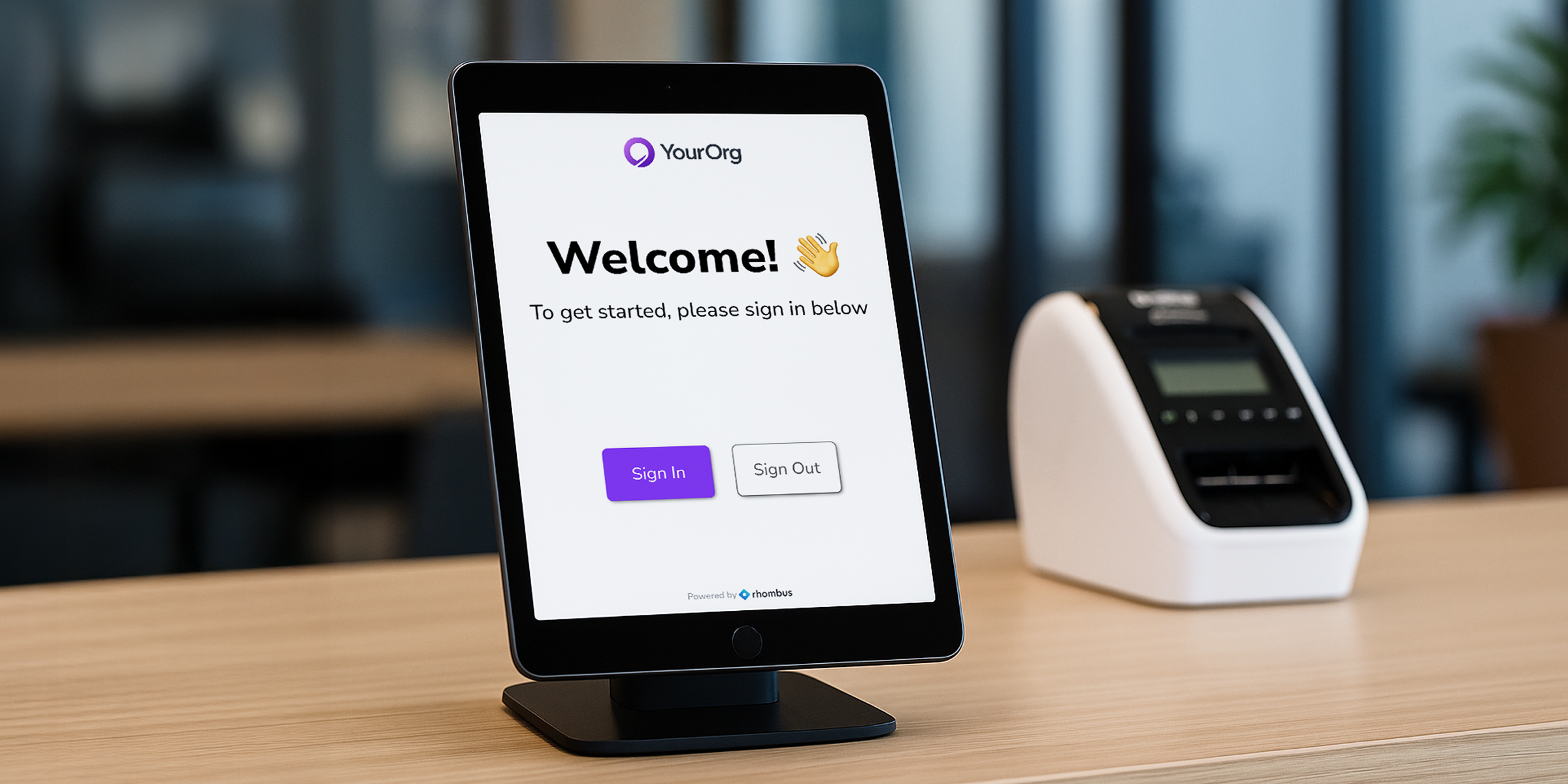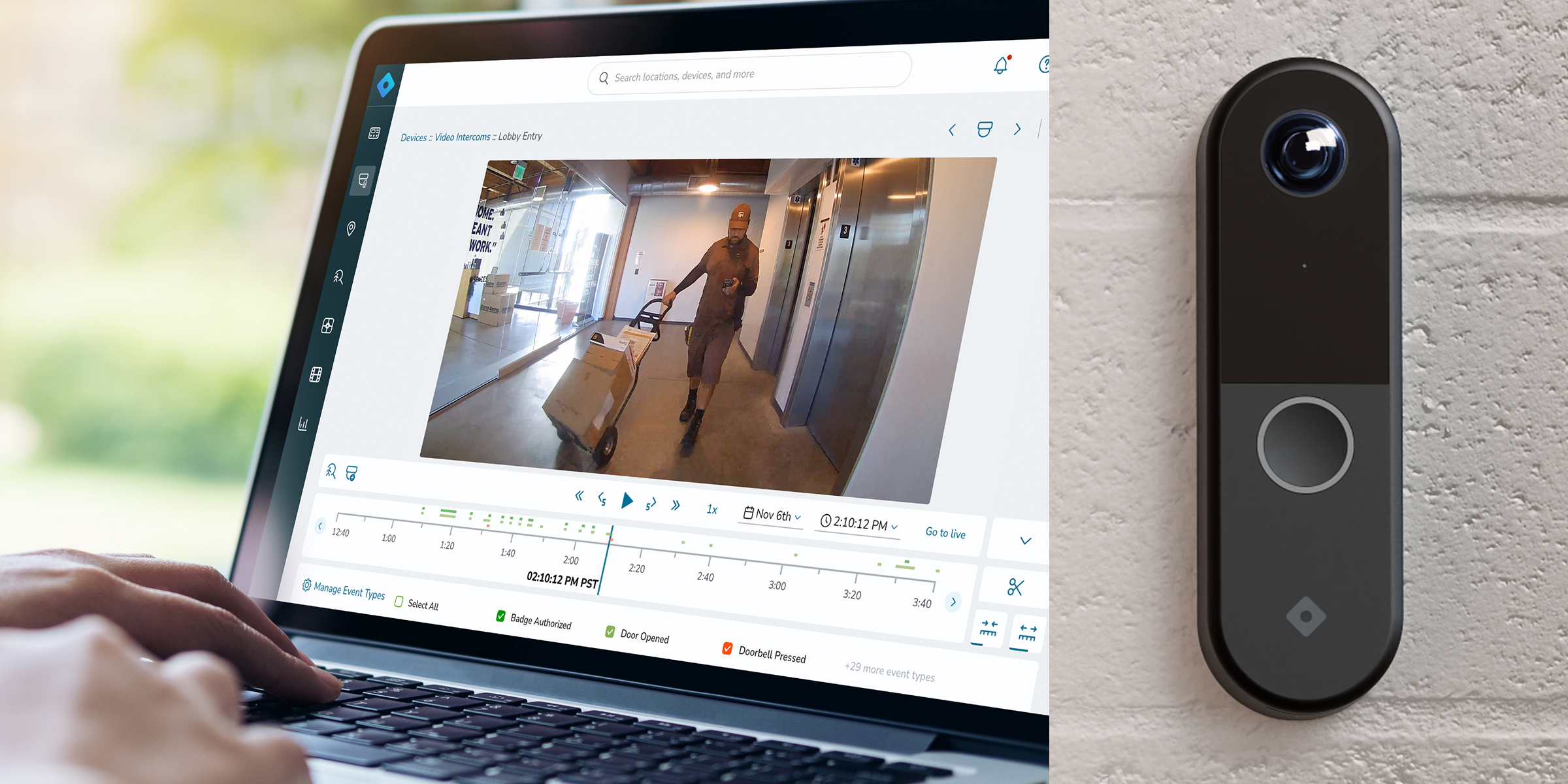Benefits of IoT Air Quality Monitoring for Business and Enterprise

Indoor air quality (IAQ) affects people and businesses deeply. Better air quality does everything from improving cognition to reducing the transmission of diseases.
However, it can be challenging to manage indoor air quality at scale. Traditional ways of gauging a building’s IAQ are siloed from other building systems, limiting their usefulness.
Modern IoT technology is all about making your building systems more effective by connecting them. When air quality monitoring is reimagined as an IoT-based solution, you make managing IAQ much easier and more powerful, allowing you to enjoy the many benefits of air quality monitoring.
How does IoT Air Quality Monitoring work?
First, a quick overview of how IoT monitoring works*. With IoT sensors, you not only monitor air quality in real-time but instantly communicate that information to other building systems in order to take meaningful action.
- The air quality sensors continuously monitor the area. You can customize what the sensors are monitoring for, including vape, smoke, VOCs, carbon dioxide levels, and hazardous gases. Readings are centralized and recorded for easy review.
- Set up alerts based on custom triggers, such as the presence of vape or CO2 levels crossing a certain threshold.
- Because the IoT sensor is interconnected, you can activate other building systems based on air quality. For example, you can broadcast an evacuation alarm if hazardous chemicals are detected, increase ventilation through the HVAC if CO2 levels are high, or record a video clip from security footage if vape is detected.
*The functionality described is based on the Rhombus E2 Air Quality Sensor. Other devices may differ.

Modern IoT sensors make building systems more effective by connecting them, providing deeper insight and functionality to enterprise environments.
According to ACHR News, equipping a building with an IoT air quality monitoring system “can provide building service professionals and facility managers with the data they need for effective air quality management within the building, and help achieve a 10 to 20 percent saving in emissions, which will ultimately save money.”
In other words, the benefits of air quality sensors are twofold: they help you improve IAQ and thus occupant wellbeing and help you streamline IAQ management to save time, money, and resources.
Benefit #1: Promote Better Health and Prevent Sickness
Poor air quality is associated with fatigue, irritation, and an increased risk of heart disease, respiratory disease, and vulnerability to airborne viruses—including COVID-19.
Fortunately, what gets measured gets managed. By monitoring indoor air quality and setting up thresholds, you can identify when indoor air quality is poor and take action in real-time.
IoT air quality sensors help you:
Reduce transmission of airborne viruses
Indoor air quality directly affects how much airborne illnesses spread. According to ASHRAE, improving ventilation has a noticeable impact on the airborne concentration of infectious particles, including COVID-19. Air quality sensors allow you to monitor air quality and make changes to ventilation in real-time.
For example, high carbon dioxide levels are a red flag—they signal that disease is more likely to spread. With IoT air quality monitoring, if CO2 levels get too high, you can set your HVAC units to automatically turn on to bring fresh and healthy air into the building.
Prevent ‘Sick Building Syndrome’
Sick building syndrome (SBS) is a term that describes when multiple building occupants suffer from health and comfort issues caused by spending time in a specific building. The symptoms cover a range of minor health complaints, including headaches, fatigue, skin irritation, eye, nose, and throat irritation, and dizziness and nausea.
Sick building syndrome is thought to be caused by poor indoor air quality and poor ventilation and typically occurs in large open-plan offices. SBS can be difficult to identify, but IoT air quality monitoring can help organizations identify when their buildings are at risk by measuring carbon dioxide, temperate, and humidity levels and working with the HVAC system to keep them in check.

IoT air quality management reduces the spread of illness and can help prevent sick building syndrome.
Benefit #2: Better Productivity, Decision-Making, and Cognitive Benefits
Did you know that better ventilation literally makes people better at their jobs?
A recent study compared the cognitive performance of people in different environmental conditions. Participants spent the workday in an office with poor, average, or high air quality.
“When we enhance ventilation and optimize indoor environmental conditions, we see improvements in the cognitive function of workers,” says Dr. Joseph Allen, Assistant Professor of Exposure Assessment Science at the Harvard T.H. Chan School of Public Health.
- For strategy, better air quality produced scores 183-288% higher compared to conventional office environments.
- For crisis response, better air quality produced 97-131% higher scores.
- For information usage, better air quality produced 172-299% higher scores.
Overall, better indoor air quality more than doubles an individual’s cognitive performance. It improves critical thinking and decision-making in particular.
This has enormous implications for any environment where people spend most of their time indoors. In offices, worker performance can improve. In schools, students can process and learn more effectively. In industries such as healthcare, improving crisis response alone is powerful.

Better indoor air quality more than doubles cognitive performance and decision-making compared to the average office environment.
Benefit #3: Accurate and Automatic Smoke/Vape Detection
Air quality IoT sensors are uniquely suited to detect smoking or vaping in schools and workplace environments. With them, you can accurately detect when and where this event occurs. If combined with a video security system, you can also obtain synchronized video evidence of incidents.
Here’s how IoT air quality sensors help you create healthier, vape-free environments.
Reliable THC detection that can’t be fooled
The sensor monitors the surrounding area for the chemical signature of smoke, vape, or THC. It doesn’t depend on sight or smell and isn’t tricked by attempts to mask the vape with another aerosol.
Automatic smoke/vape detection with synchronized video evidence
When your IAQ sensor is part of a unified IoT system, you can automatically record evidence of smoking and vaping. A sensor like the E2 can be paired with a nearby smart security camera so that when vape is detected, the relevant footage is automatically captured and flagged for your review.
Monitor anywhere without infringing on privacy
IoT air quality sensors can be installed anywhere without infringing on student or employee privacy. Pair the IAQ sensor with a security camera facing the restroom’s exterior door—together, the sensor and camera provide context on what’s happening without violating a person’s right to privacy.

Intelligent IoT sensors make it easy to manage indoor air quality and detect smoke, vape, and THC at scale.
Benefit #4: Immediate Toxic Gas Detection
You can use IoT air quality sensors to monitor continuously and at scale for hazardous airborne chemicals. Modern sensors detect the chemical signature of the pollutant or toxin and its concentration in the air.
Monitor for toxic gases at scale
Many industries need to detect hazardous airborne compounds. Sensors can detect multiple dangerous substances, including volatile organic compounds (VOCs), particulate matter, ethanol, and carbon monoxide. These gases can cause long-term and immediate health problems if inhaled.
Automatically trigger emergency protocols
If dangerous levels of VOCs are present, IoT sensors will automatically trigger the necessary emergency protocols in real-time. This includes sending alerts, increasing ventilation via the HVAC system, and broadcasting an alarm, prompting building occupants to evacuate.
The combination of continuous monitoring and triggering emergency action makes IoT air quality sensors a powerful tool for health and safety. Toxic gas detection is especially crucial in industrial environments such as chemical plants, factories, and warehouses.

Use interconnected IoT sensors to detect toxic gases and automatically trigger emergency protocols.
Takeaways
When you improve indoor air quality, you improve the health, safety, and overall wellbeing of every building occupant.
IoT air quality sensors give organizations a powerful advantage. Because IAQ monitoring is interconnected with other building systems, it’s possible to streamline IAQ management and react quickly and efficiently to air quality issues.
To learn practical applications for IoT air quality monitoring, read how Rhombus’ air quality sensor, the E2, improves health and productivity in different industries. You can also demo or trial it for free by reaching out to the Rhombus Team at sales@rhombussystems.com.



